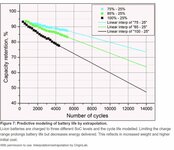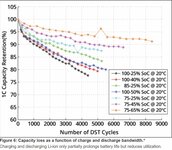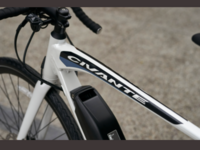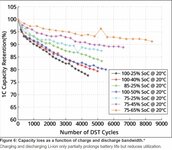Ravi Kempaiah
Well-Known Member
- Region
- Canada
- City
- Halifax
So let me ask you this. My bikes tend to use the biggest motors available, as I'm 300lbs and live in a coastal area with a lot of hills I have to deal with to go anywhere. Are you telling me I can pull 1500w (Bafang Ultra or MAC 12t) from a typical 48v battery, and "stay below the threshold of the lowest cell" in your experience? I really don't have the answer to that question, could use a hand. I also realize this is hardly the typical application.
Thanks for your comment, Al!
E-bikes have a much lower power draw compared to RC batteries. RC planes or Drones draw 5C to 10C regularly and in contrast, E-bikes are 0.25C.
Even if you ran 1300W Bafang BBS-HD, unless you completely deplete the battery in 1hr, you are still below 1C.
EM3ev recommends the following:
So, if your bike has 35E then running 1000W should not stress the cells too much. If you have 30Q cells, then you can safely draw 1300W and still be <0.9C.
On top of that, if you have a decent BMS, then there is not much to worry in terms of balancing.




